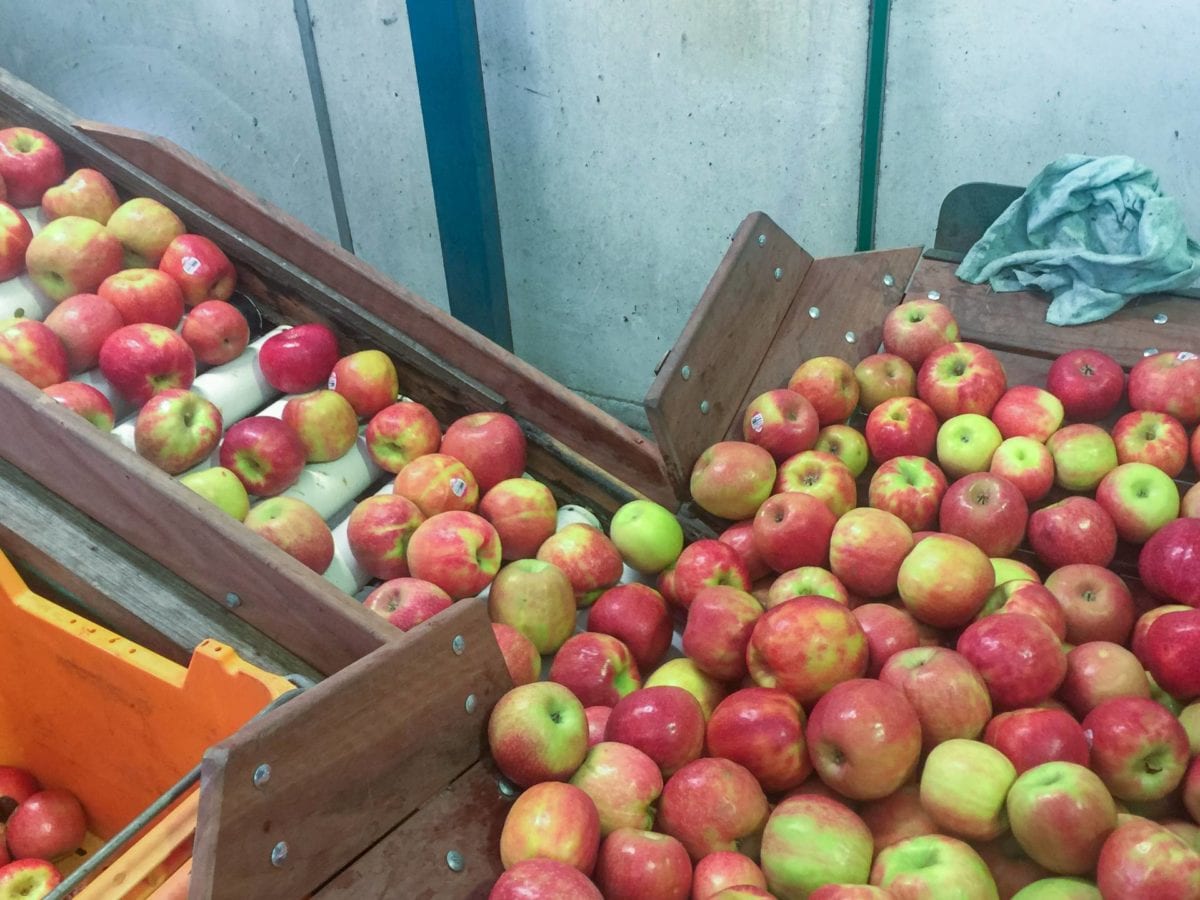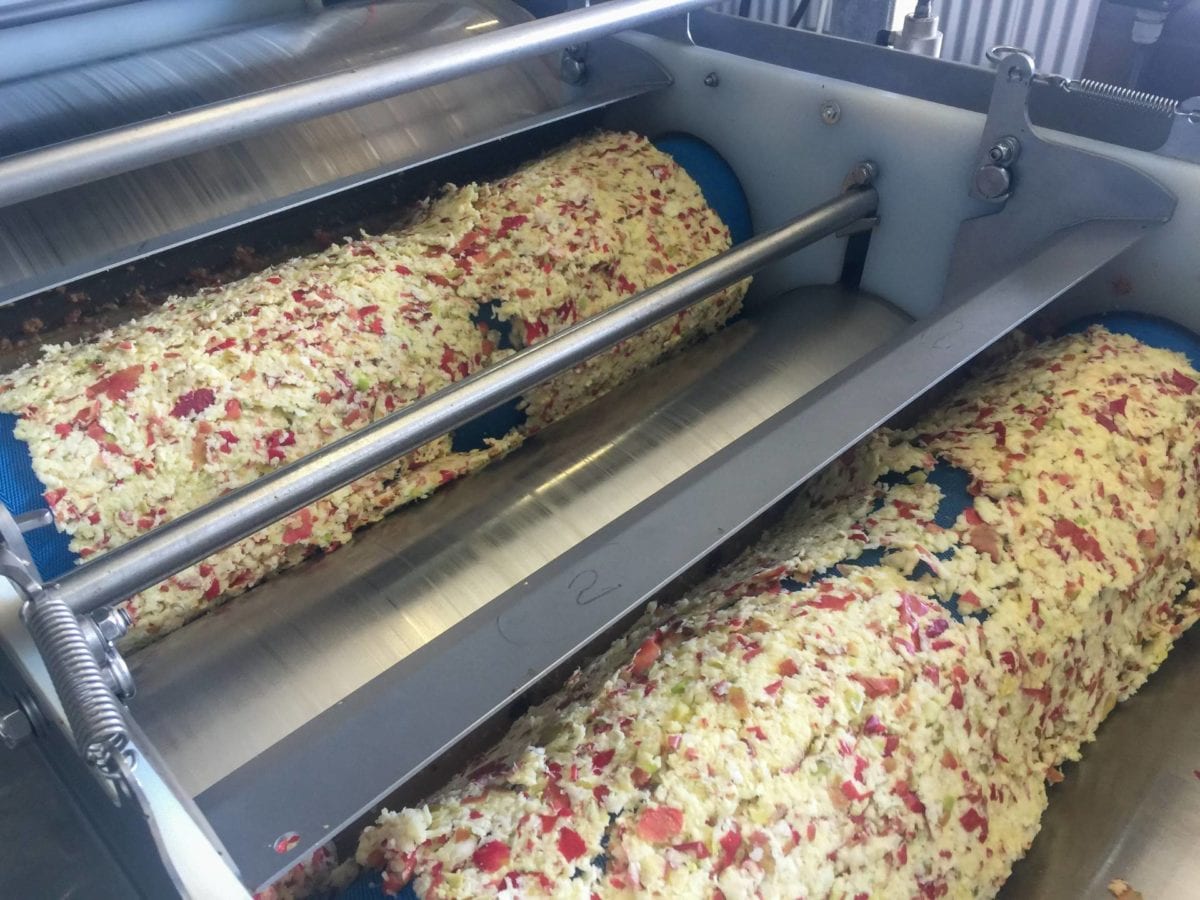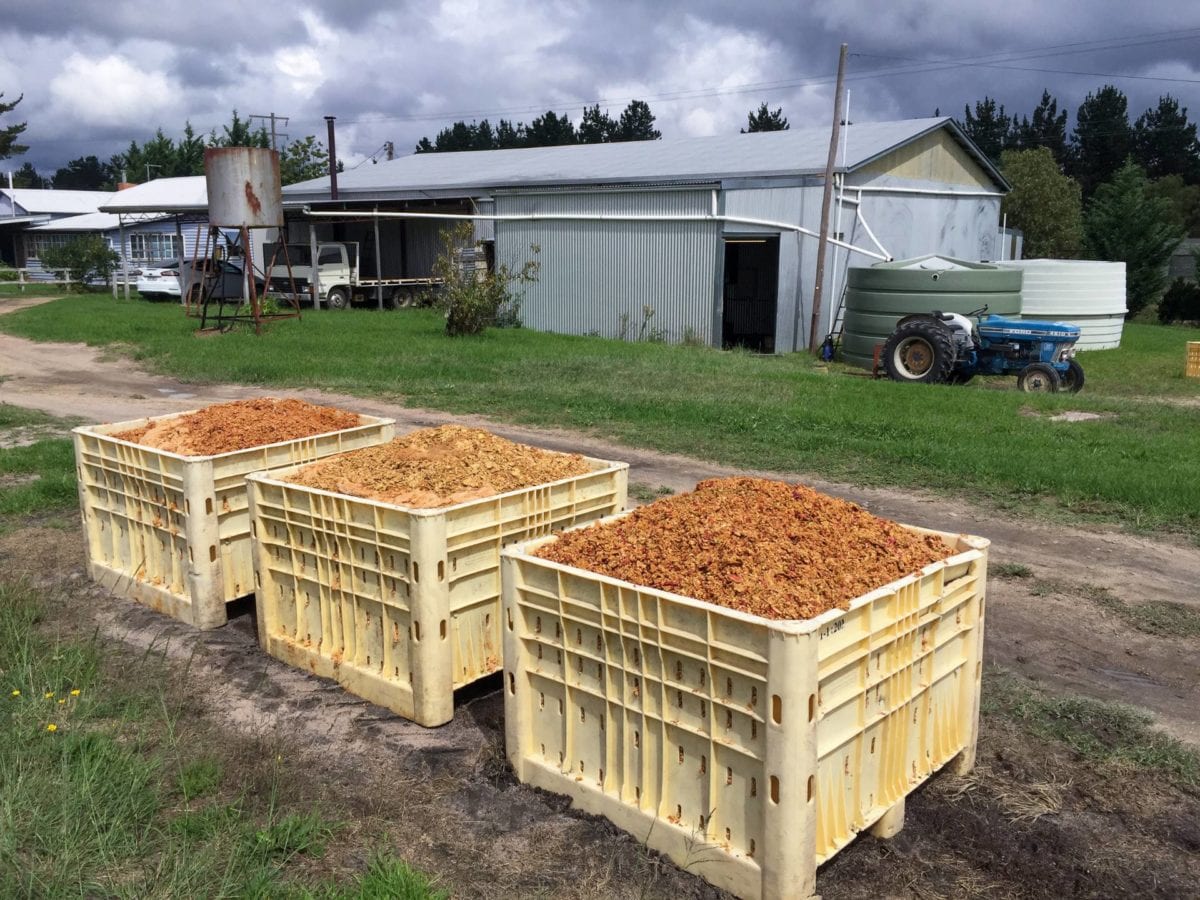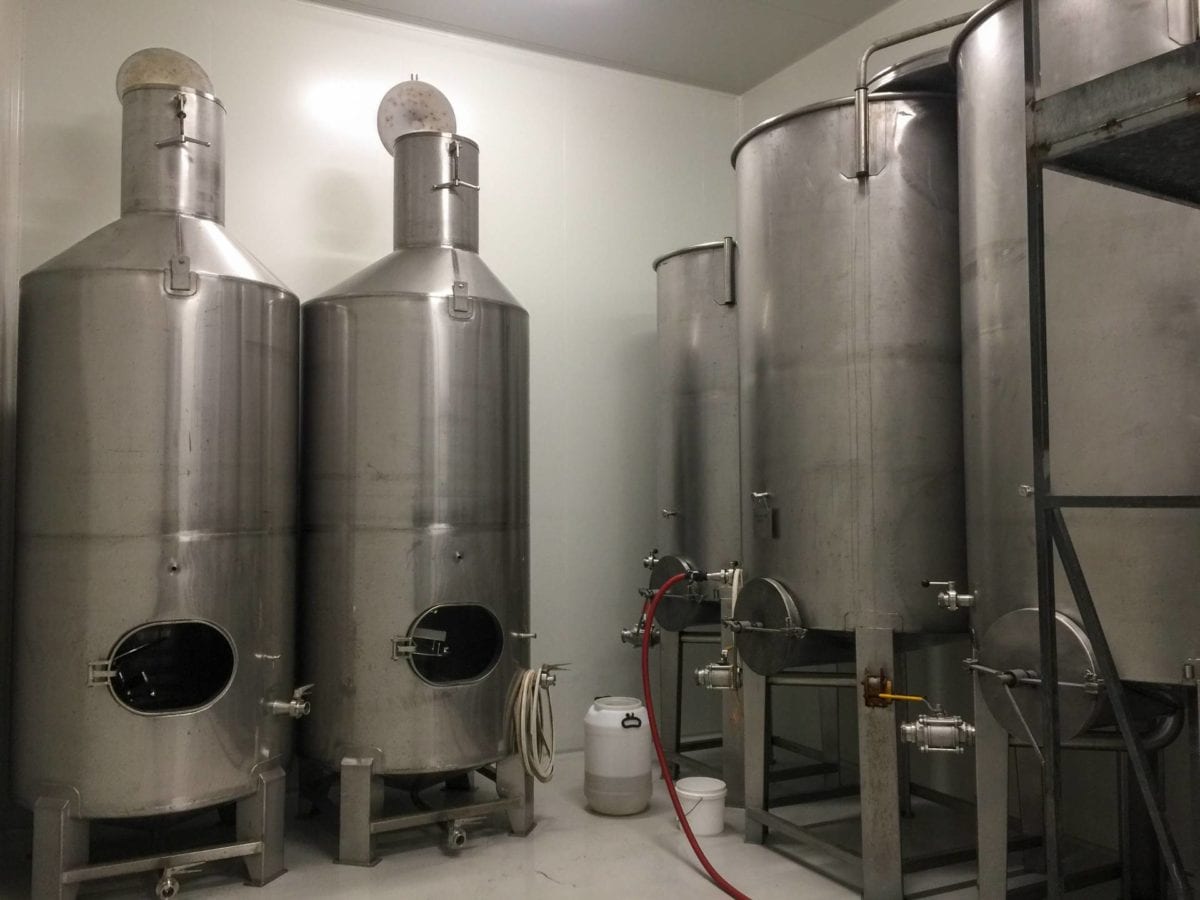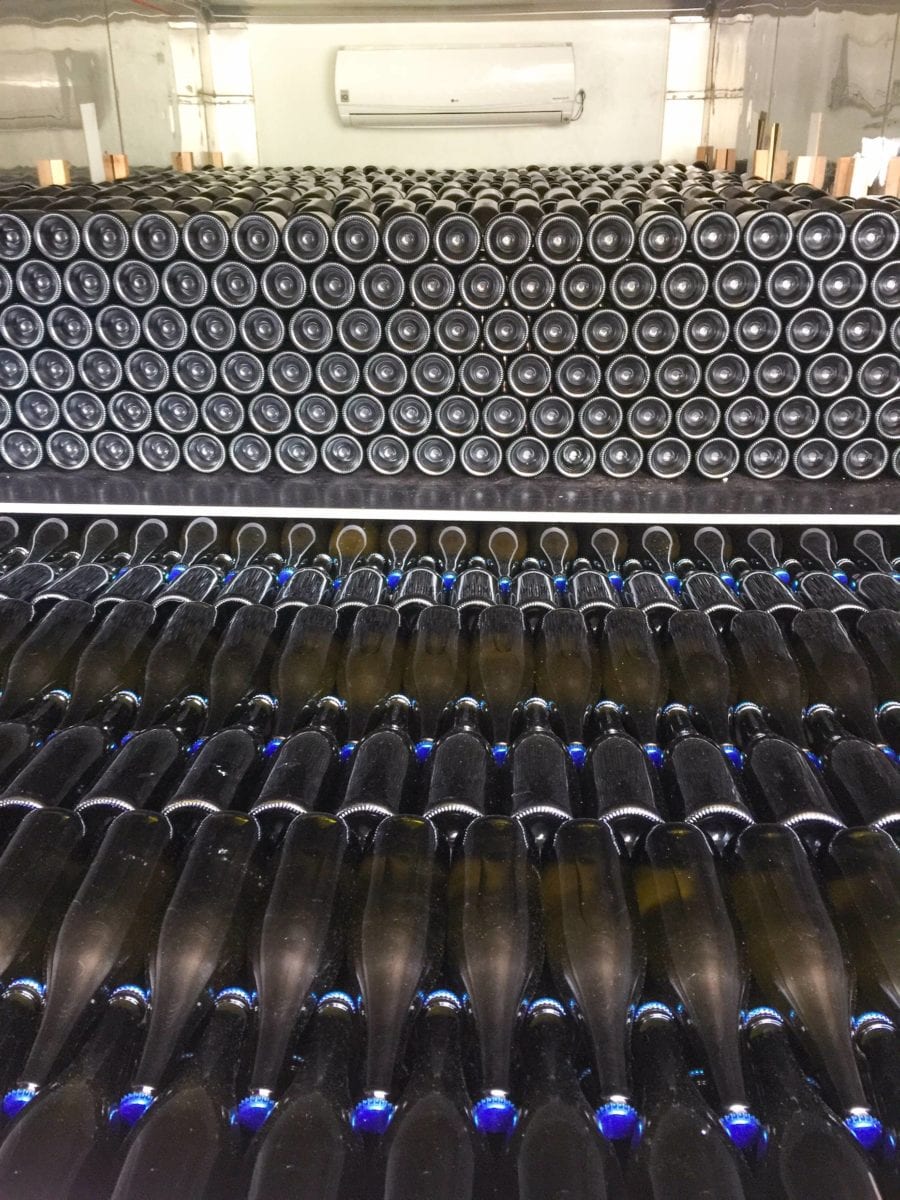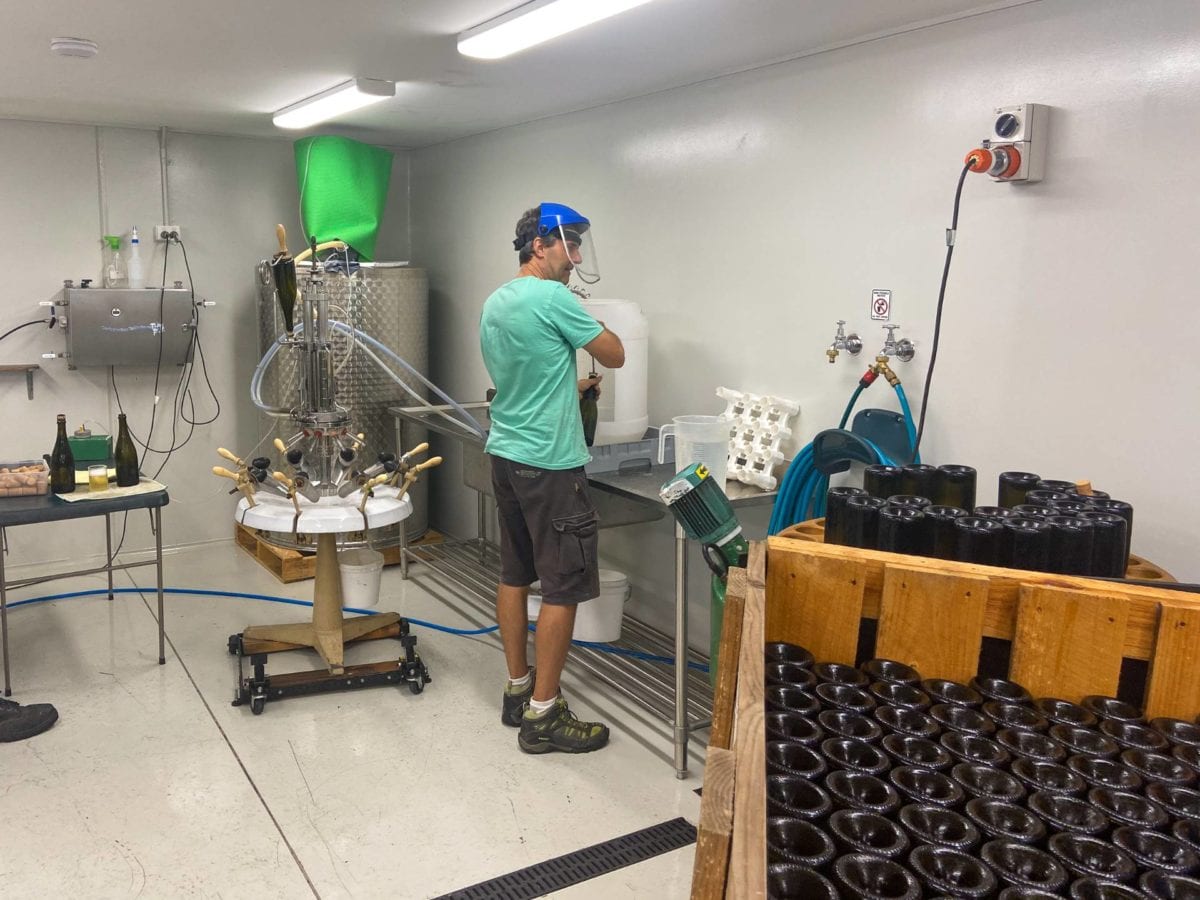The right apples and traditional methods
We start with choosing the right apples and juicing the fruit while it is fresh and full of flavour. We carefully ferment the sweet juice to delicious Cider before giving it plenty of time to mature. It is only after this maturation phase that we bottle and sell our Cider.
Did you know that only 10% of Cider sold in Australia is made from Australian apples? Nearly 90% of Cider is either imported or manufactured in Australia from imported concentrate. We are very proud to follow Cider making traditions developed over centuries, and most importantly we make real Cider out of real apples.
Making apple juice
It all starts in an apple orchard on the Granite Belt. Here, our farmers are producing delicious apples that form the base for our Cider. We only use fresh, ripe and healthy apples, and we juice most of our apples during harvest time between February and May. We always use a mix of apple varieties. Each variety brings something to the Cider – some bring sugar, acidity or tannins and others contribute some fascinating flavours.
We are very picky when it comes to our apples. They don’t have to have to be beautiful, but they certainly need an abundance of inner quality.
First, the apples are shredded into tiny pieces by an apple mill. The resulting mash, the pomace, falls into a band-press where stainless steel rollers gently squeeze out the apple juice.
The fresh juice is immediately pumped into special containers ready for transport to our Cidery.
This process takes place on the Granite Belt, ensuring minimal travel time which ensures a premium, fresh apple juice as the base for our Cider. Another bonus: local farmers use the dry pomace as cattle feed, ensuring that we don’t create any waste.
Fermentation process
Cidermaking follows a similar approach to winemaking. Our apple juice is placed into fermentation tanks and yeast is added. In our temperature-controlled fermentation room, the yeast transforms the fruit sugars into alcohol and carbon dioxide (CO2).
This process takes several weeks. When the fermentation is finished the yeast sinks to the bottom of the tank. The young Cider is now racked (pumped) into a storage tank, leaving the yeast sediments behind.
Fresh Cider is very sharp, at times even unpleasant to drink which is why we mature our Cider for several months. During this time, the Cider develops its true flavour, loses its sharpness and starts to self-clarify (tiny particles sink to the bottom).
Until now, we have followed winemaking procedures, and our resulting Cider is like wine; an apple wine without bubbles and bone dry. This Cider forms the base of all our different styles.
Bottling
Dry & Still Cider
When we bottle this base Cider, we call it ‘Dry & Still’. It is a traditional style in Europe, particularly in the UK, Germany, Switzerland and Austria.
Shop nowBottle Fermented Cider
We add a tiny bit of sugar and yeast to the Cider, bottle it and set it aside. The yeast is yet again transforming sugars into alcohol and carbon dioxide and creating a natural sparkle. You can gently mix the yeast back into the drink by rolling the bottle, or you can decant the Cider for a clear drink.
Shop nowSunshine Cider & Sunset Cider
To create our best-sellers, we blend some fresh apple juice back into our base Cider. This lowers the alcohol content and adds some sweetness. After carbonating and bottling the Cider, we gently pasteurise it to prevent re-fermentation.
Shop nowMéthode Traditionnelle Cider
To produce our Brut+ Cider Méthode Traditionnelle, we follow the French Champagne making process. The only difference is that we use apples instead of grapes.
We fill our best blend of Cider into champagne bottles, add yeast and sugar and set aside for at least 12 months for secondary fermentation. As the carbon dioxide can’t escape the closed bottle, it gets absorbed into the Cider, creating the fine ‘mousseux’ when you open the bottle. It also increases the pressure inside the bottle; this is why champagne bottles have to be extra strong. That first stage is called ‘tirage’.
To remove the yeast sediment from the bottles, we stand the bottles on their heads and shake them gently every day over three weeks, so that the yeast can collect at the neck (remember the bottle is upside down). This is called ‘riddling’.
The next three stages – disgorging, dosage and corking have to be done very quickly and in succession.
To disgorge the bottles, we place them headfirst into a neck freezer. This creates a small ice plug at the neck, encapsulating the yeast. We can now open the bottle and the pressure inside ejects this ice plug including the yeasty sediment, leaving us with a crystal clear Cider.
Dosage is the process of re-filling the bottle to its official fill level. We also add some sugar liquor to adjust the final sweetness. The bottles are corked and a wire-hood applied to secure the cork in its place.
After a final wash, we apply the champagne hood and label, then package the bottles. The whole process from juicing the apples to opening a finished bottle of Brut+ Cider takes at least 18 months. During this time, we handle each bottle 26 times. It’s a labour of love, but the results are well worth the effort.
Shop now
